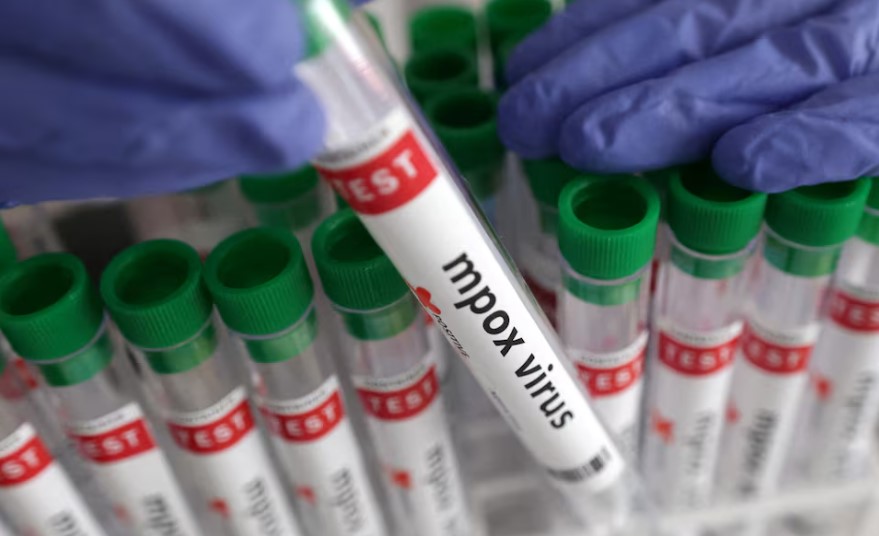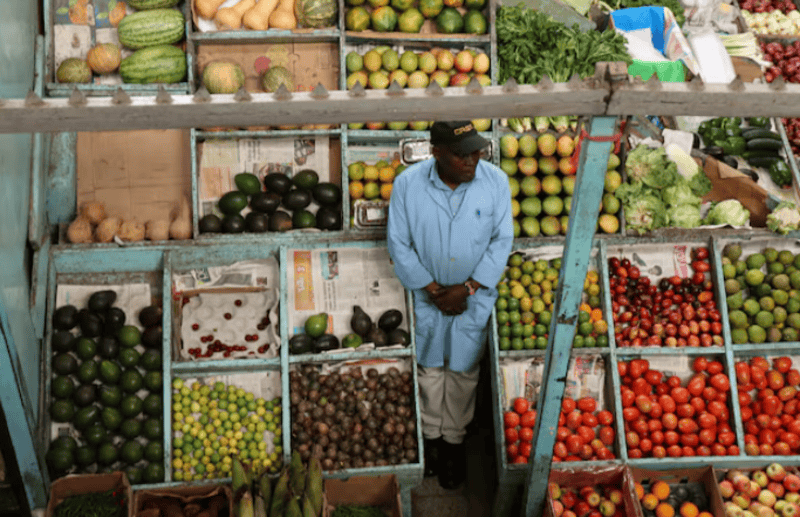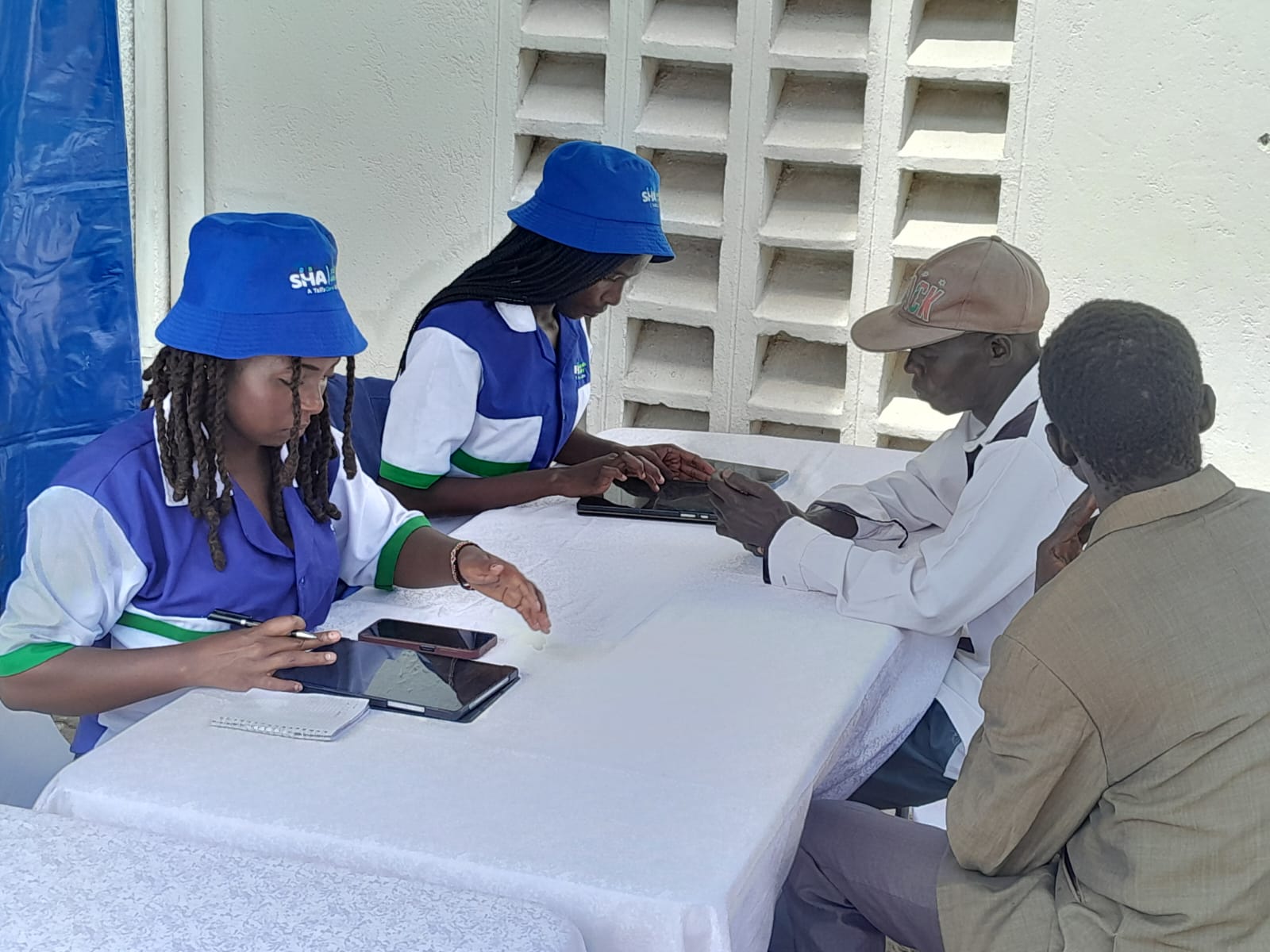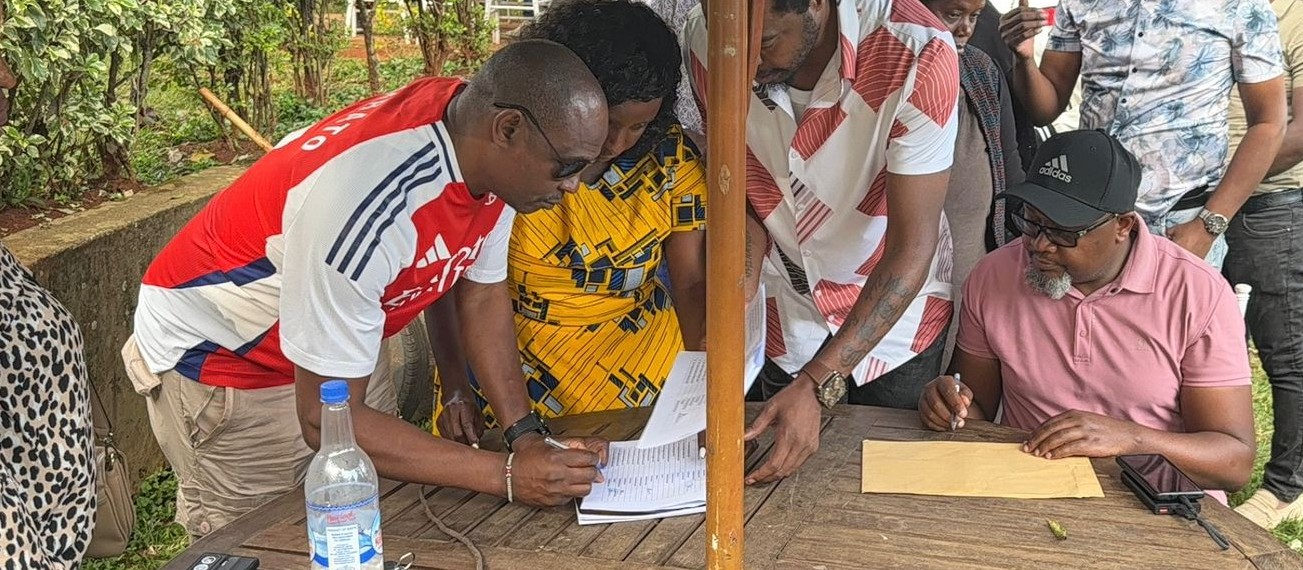Mpox spreads to 20 counties in Kenya, alarming increase in cases reported

Since the start of the outbreak, 763 samples have been tested, with 240 testing positive, yielding a positivity rate of thirty-one point five percent.
Kenya continues to battle an active outbreak of Mpox, with a total of 240 confirmed cases and five deaths reported across 20 counties as of July 13, 2025.
The outbreak, which has steadily spread throughout the year, saw its largest weekly increase in early July, when 27 new cases and one death were reported. The majority of the new cases were recorded in Mombasa, followed by Kilifi and Nairobi.
More To Read
- Africa: A tentative start in mass vaccine production
- Mpox outbreak: What you need to know to stay safe
- Rising mpox cases, cholera outbreaks and HIV misinformation straining Kenya's public health sector- report
- 314 mpox cases confirmed as MoH ramps up containment across 22 counties
- Mombasa leads Kenya’s mpox outbreak as MoH, WHO step up response
- How misinformation is hampering Kenya's fight against infectious diseases
The outbreak remains concentrated along the northern corridor, with Mombasa and Busia counties bearing the highest burden. Mombasa alone accounts for 99 cases, making it the most affected county in the country, and has reported two of the five national deaths. Busia follows with 62 cases and two additional deaths.
Other significantly affected counties include Nakuru (21 cases), Kilifi (14), Makueni (13), and Nairobi (9). Smaller clusters have also been identified in Bungoma (3 cases, 1 death), Kajiado (3), Machakos (2), and several other counties.
Since the start of the outbreak, 763 samples have been tested, with 240 testing positive, yielding a positivity rate of thirty-one point five per cent. An additional 14 samples are pending results, mostly from Mombasa (11), with the remainder from Taita Taveta and Kilifi. Of the confirmed cases, 125 patients have recovered, 74 are currently hospitalised, and 37 are under home-based care.
A total of 407 contacts have been listed by health authorities, with 315 completing follow-up. Fifteen of these contacts developed symptoms and later tested positive, while 77 remain under active monitoring. Genetic sequencing has identified Sub-clade 1b as the strain responsible for the outbreak, confirmed in 33 of the cases.
The epidemiological trends remain concerning. More than sixty-two per cent of new cases reported in the past four weeks originated from Mombasa, while Busia accounted for fourteen per cent. The majority of affected individuals are young adults aged 20 to 45 years, many of whom are truck drivers, businesspeople, and sex workers—groups closely linked to the high-mobility transport sector along the Northern Corridor.
Gender-disaggregated data shows females account for fifty-five per cent of the cases, while males represent forty-five per cent; however, sex was not recorded for 98 cases. A large proportion of cases—forty-eight per cent (111 individuals)—have incomplete exposure histories. Among the confirmed cases, fourteen per cent were identified as contacts of previously confirmed cases, twelve per cent had recent international travel history, forty-two per cent had no known exposure, and forty-eight per cent had no documented epidemiological link, indicating either community transmission or gaps in data collection and investigation.
The outbreak has prompted a broad public health response coordinated by the Ministry of Health and county governments. County Rapid Response Teams have been mobilised to conduct active case finding, contact tracing, and risk communication in affected areas. Screening continues at 26 Points of Entry (PoEs), where over 5.4 million travellers have been screened. Confirmed cases are being managed in designated isolation facilities, while public education campaigns are underway to increase awareness about Mpox symptoms and transmission prevention.
As part of Kenya’s emergency preparedness, the country has already received 10,700 doses of the Mpox vaccine under Emergency Use Authorisation. A vaccine deployment plan is in the final stages of approval, with logistical preparations ongoing. The upcoming campaign will prioritise high-risk groups in the most affected counties.
Despite these efforts, the growing number of cases in transport hubs like Mombasa and Busia highlights the urgency of enhanced surveillance, improved case investigation, data quality assurance, and rapid vaccination rollout. Public health authorities remain on high alert as evidence suggests the potential for continued community-level transmission.
WHO has reported over 25,000 laboratory-confirmed cases, and approximately 85 MPox deaths have been reported worldwide. The majority of these cases continue to be concentrated in Central and East African countries, including the Democratic Republic of the Congo (DRC), Uganda, and Burundi, in 2025.
Beyond Africa, new cases have been reported in several countries across Europe, Asia, and the Americas, signalling broader international spread. Countries such as Kenya, Rwanda, and Sweden continue to report cases, with some experiencing localised outbreaks.
Top Stories Today














































